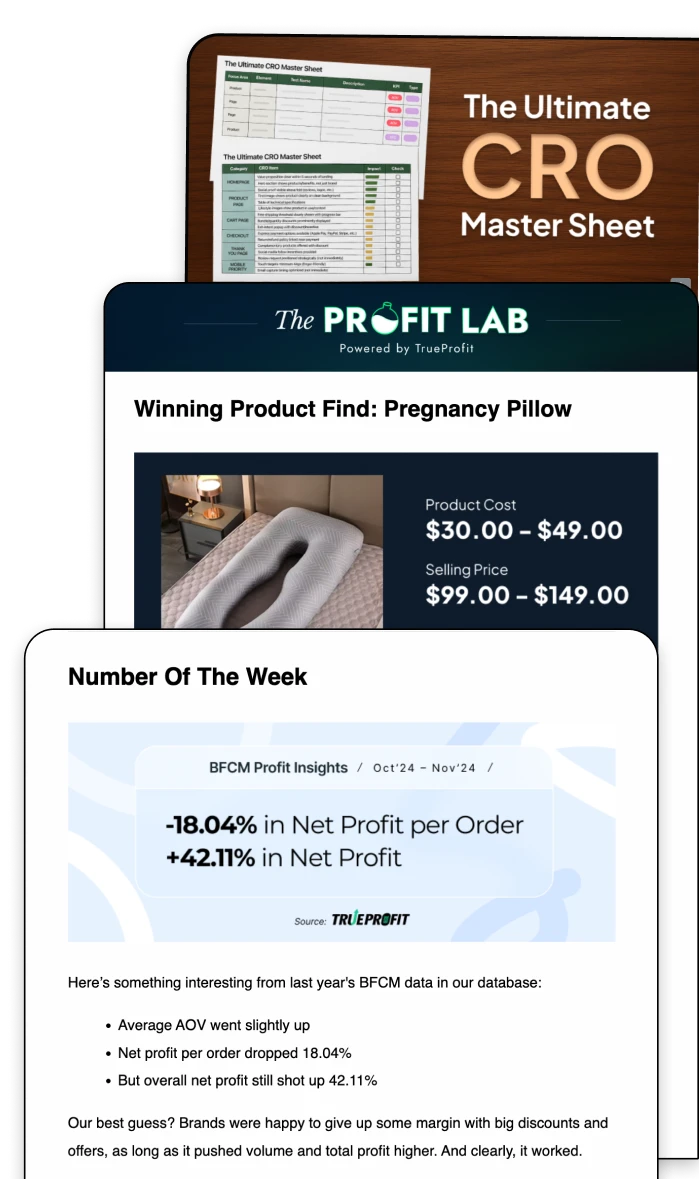The Real Tariffs Effect on Dropshipping Business in 2025
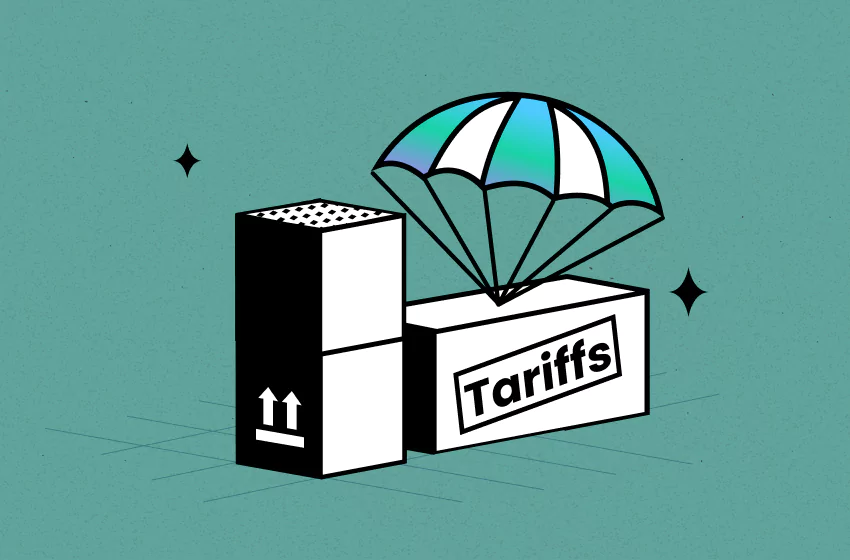
The tariffs effect on dropshipping is real — and it’s reshaping the way Shopify sellers do business in 2025.
If you’re running or planning to start a dropshipping bussiness, this guide will help you understand what’s happening, how tariffs affect dropshipping, and what you can do to stay competitive — even in a tariff-heavy landscape.
What Are Ecommerce Tariffs?
Ecommerce tariffs are taxes placed on imported goods. Contrary to what some think, the exporting country doesn’t pay these taxes. The importer does. That means you or your supplier—not the factory in China—end up paying the extra fees when goods enter your market (like the U.S.)
Tariffs Effect on Dropshipping Explained
How do tariffs affect businesses 2025? Here’s your catch: It affects dropshipping businesses of all sizes—especially those depending on AliExpress, CJ Dropshipping, or global print-on-demand partners.
While some U.S.-based manufacturers or local print shops may benefit from reduced overseas competition, many businesses—especially dropshippers—face tougher decisions: absorb the cost or increase prices and risk losing customers.
Here are some tariff problems for dropshippers:
1. Higher Product Costs
When tariffs are added, your supplier’s base cost rises — and that cost gets passed on to you.
Let’s break it down with a simple example:
Scenario | Without Tariff | With 30% Tariff |
|---|---|---|
Product Cost from Supplier | $10.00 | $10.00 |
Tariff (30% on import) | $0.00 | $3.00 |
Total Landed Cost | $10.00 | $13.00 |
That $3.00 increase may seem small, but across hundreds of orders, it adds up fast—especially if you’re running on tight margins.
2. Slower Shipping & Fulfillment
Tariffs often cause customs delays. As suppliers adjust, ports get crowded, and orders take longer to process. That means slower delivery times and stock issues — a big problem if your customers expect fast shipping.
3. Tougher Competition from Local Sellers
Domestic retailers that don’t rely on imports gain a pricing edge. While you're paying tariffs, local competitors aren't — so they can offer faster shipping and lower prices. You’ll need to sharpen your offer or rethink where you source products.
4. Product Selection Gets Tricky
You can't just pick trendy items anymore. Now you have to factor in:
- Tariff rates based on where your product is from
- Fulfillment timeframes
- The risk of sudden cost hikes
Low-tariff product ideas include:
- U.S.-based print-on-demand items
- Digital products (no shipping, no tariffs)
- Locally made home decor or fashion
In short: Tariffs raise your costs and force you to rethink pricing, suppliers, and profitability.
Is Dropshipping Still Profitable in 2025?
Yes — dropshipping is still profitable in 2025.
Tariffs didn’t kill dropshipping — they exposed who’s smart and who’s not.
Who’s Struggling | Who’s Winning |
|---|---|
Tariffs are hitting these dropshippers the hardest:
| Smart dropshippers are adapting by:
|
How to Protect Your Profits in a Tariff-Heavy Landscape
In 2025, how tariffs affect net profit has become the new challenge. But where there are challenges, there’s also opportunity. Here’s how smart dropshippers prepare for tariffs, even as import costs rise:
1. Know Your Real Profit
Tariffs' effect on dropshipping business hits fast—especially your margins. And that’s where TrueProfit comes in. TrueProfit is a profit tracker app that gives you real-time, automated insights into your true profit — across your store, products, and ad channels. No spreadsheets. No guesswork.
2. Raise Prices Strategically
A small price bump won’t scare customers if it’s tied to clear value—it helps protect profit from tariffs. Highlight benefits like quality, speed, or exclusivity to justify the increase.
3. Swap in Low-Tariff Alternatives
Look for products that fall under different HS codes or ship from lower-tariff countries. Even switching materials or packaging size can help.
4. Source Smarter, Not Just Cheaper
China’s no longer the only option. Countries like Vietnam, India, or Mexico might offer lower tariffs and faster logistics — without killing your margins.
5. Bundle to Boost AOV
Tariffs eat profit per item — so sell more items per order. Offer bundles or upsells that feel like a deal to shoppers and protect your bottom line.
6. Ask for DDP (Delivered Duty Paid)
Some suppliers can include taxes and duties in their pricing. That means no surprise fees — and much easier forecasting.
7. Double Down on High-Margin Winners
Not all products are hit equally. Focus your marketing on SKUs with high margins and minimal tariff impact. Cut budget from low-margin or risky products.
Not sure your true profit margin under new tariff rules? Use TrueProfit’s Free Profit Margin Calculator to instantly see your real margins with tariffs included — no setup required.
The big takeaway?
Yes, dropshipping is still profitable under tariff. But it’s no longer plug-and-play. To survive tariffs as a dropshipper, you need to diversify suppliers, focus on high-margin SKUs, and stay laser-focused on your profit numbers. In this world of rising costs and tighter margins, profit clarity is your edge.
Leah Tran is a Content Specialist at TrueProfit, where she crafts SEO-driven and data-backed content to help eCommerce merchants understand their true profitability. With a strong background in content writing, research, and editorial content, she focuses on making complex financial and business concepts clear, engaging, and actionable for Shopify merchants.





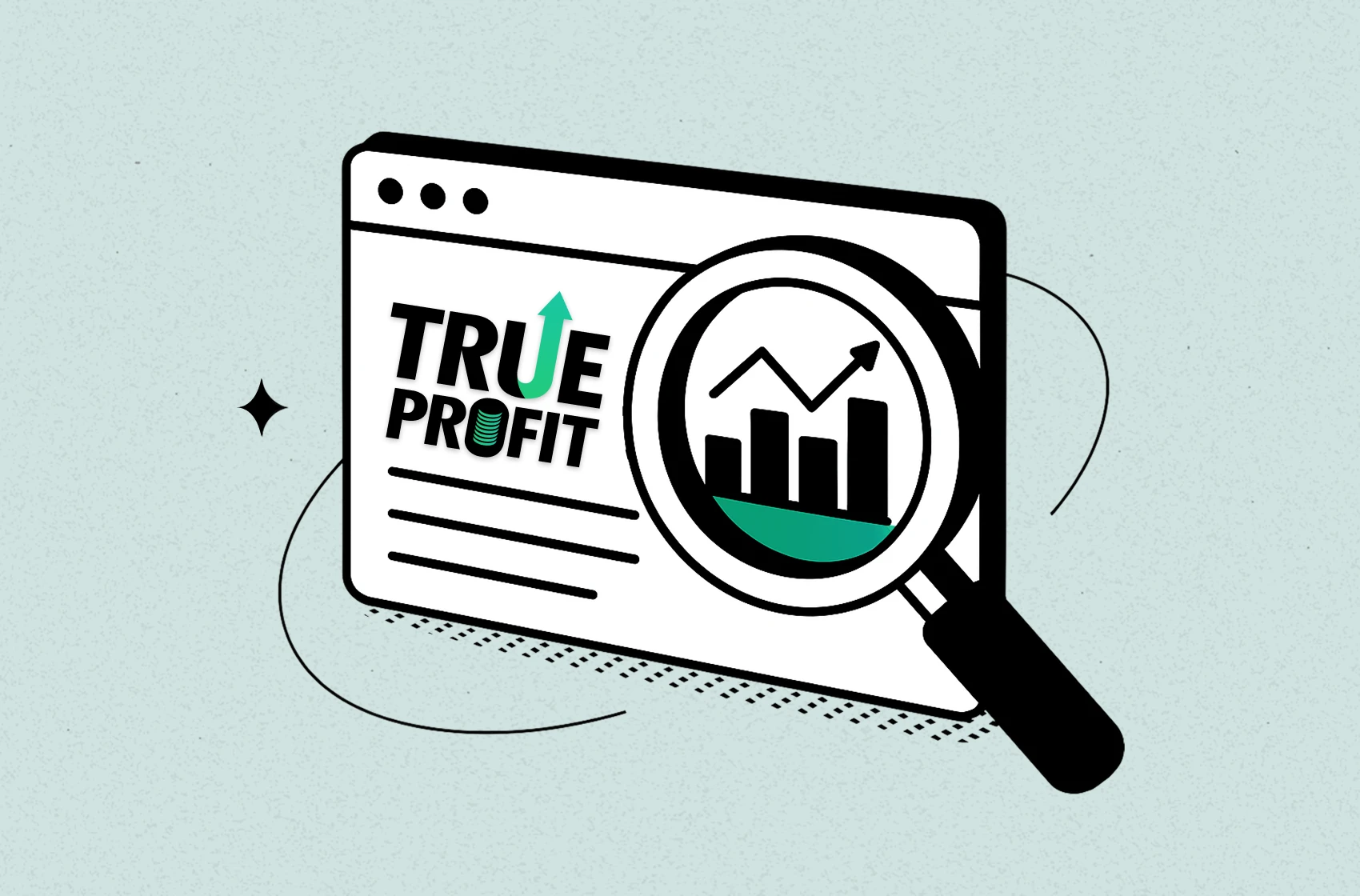
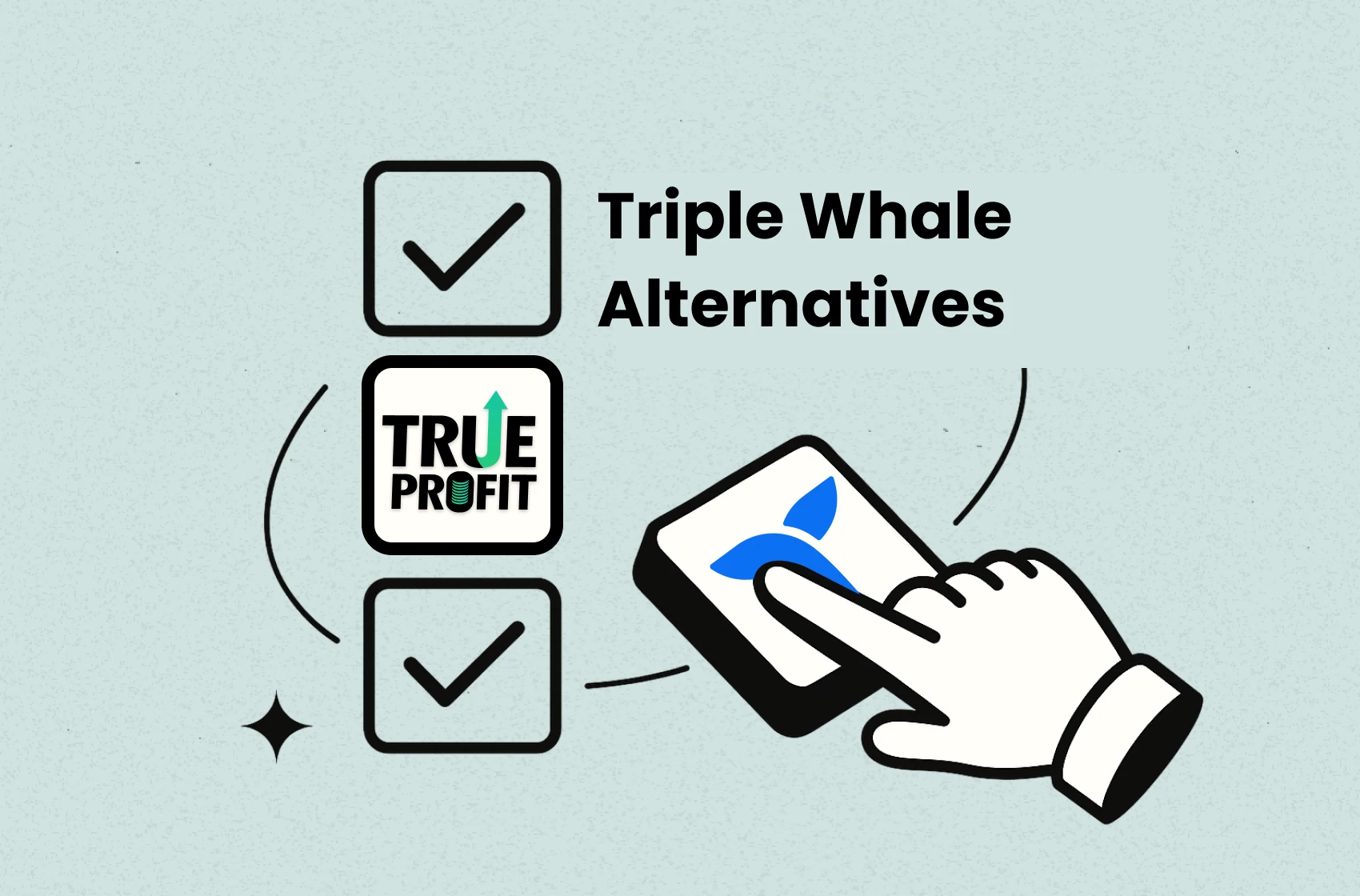
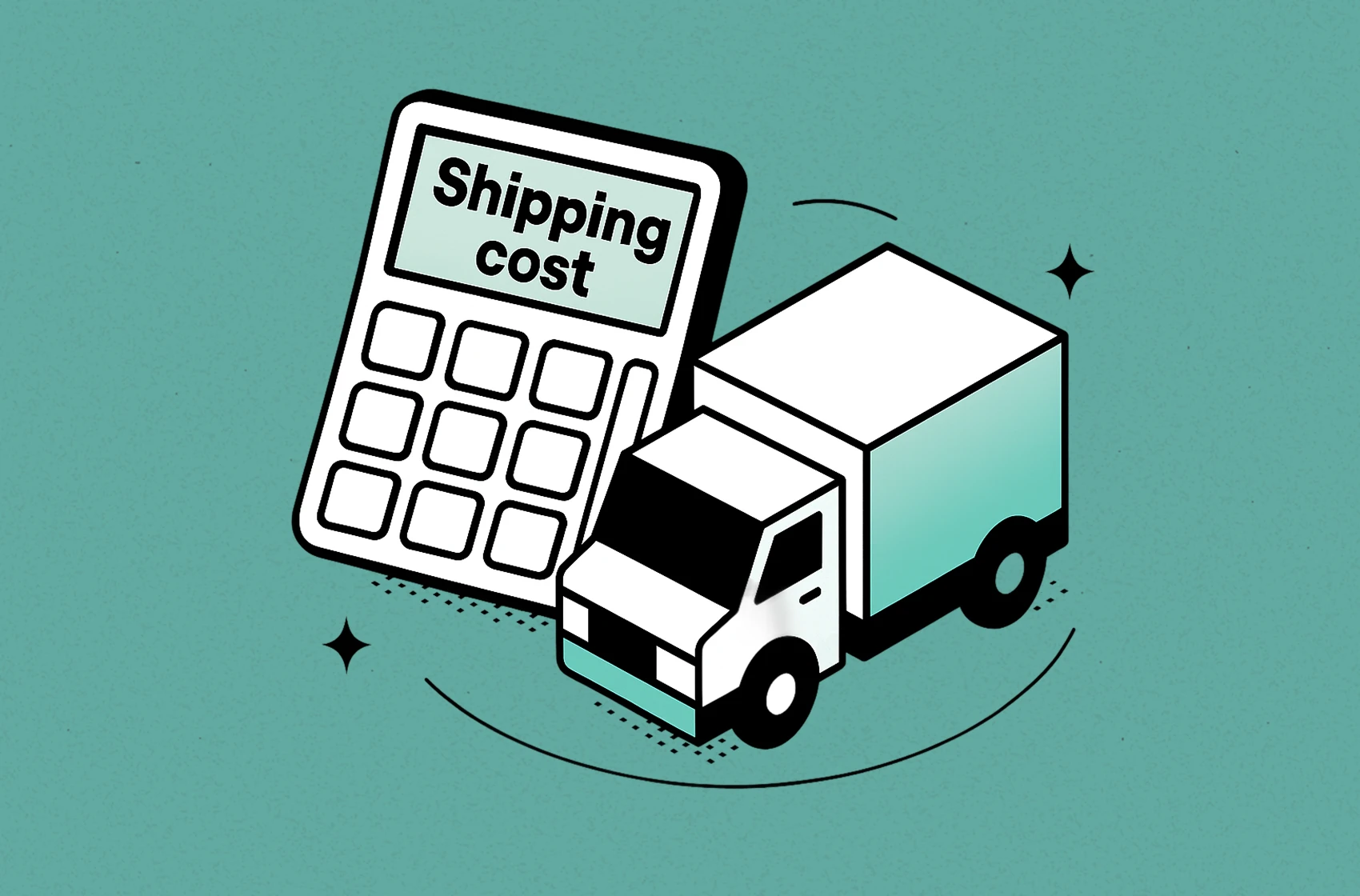
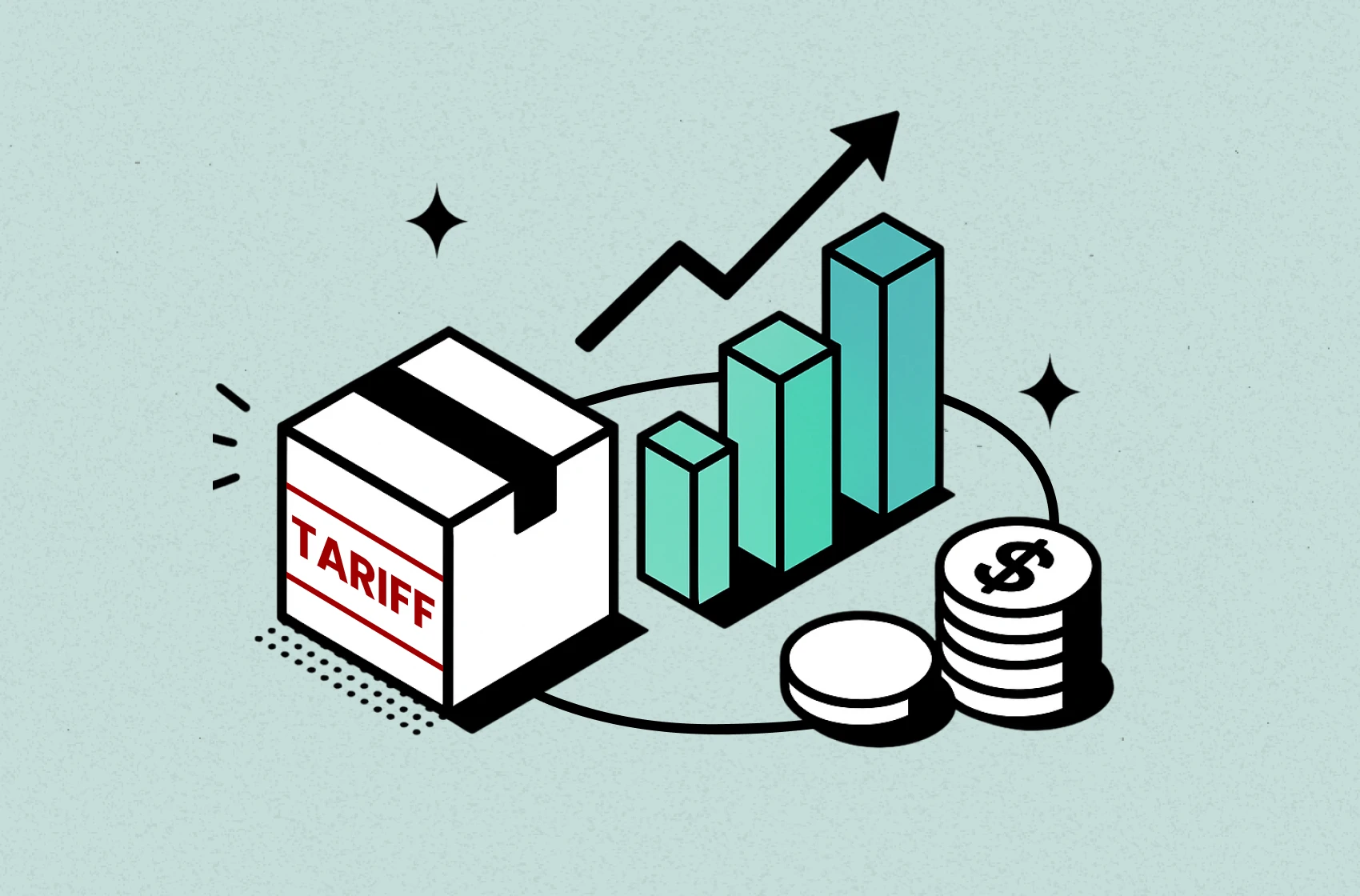
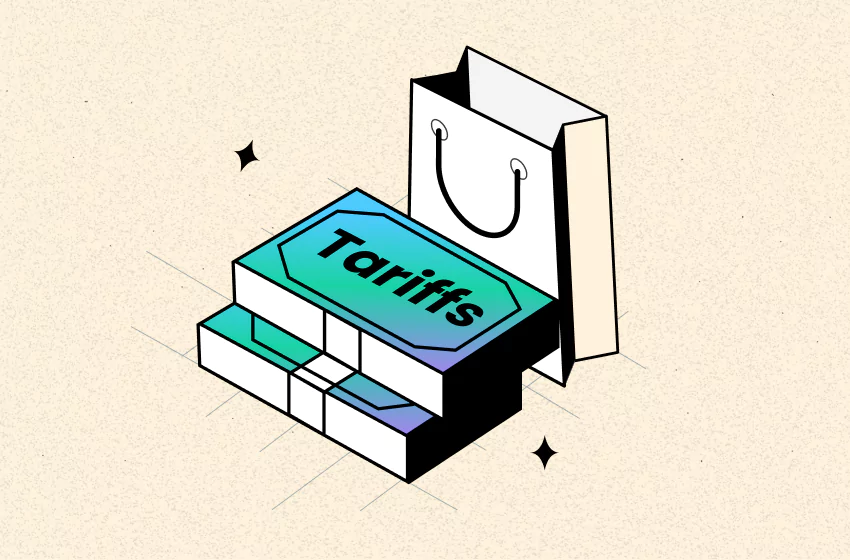
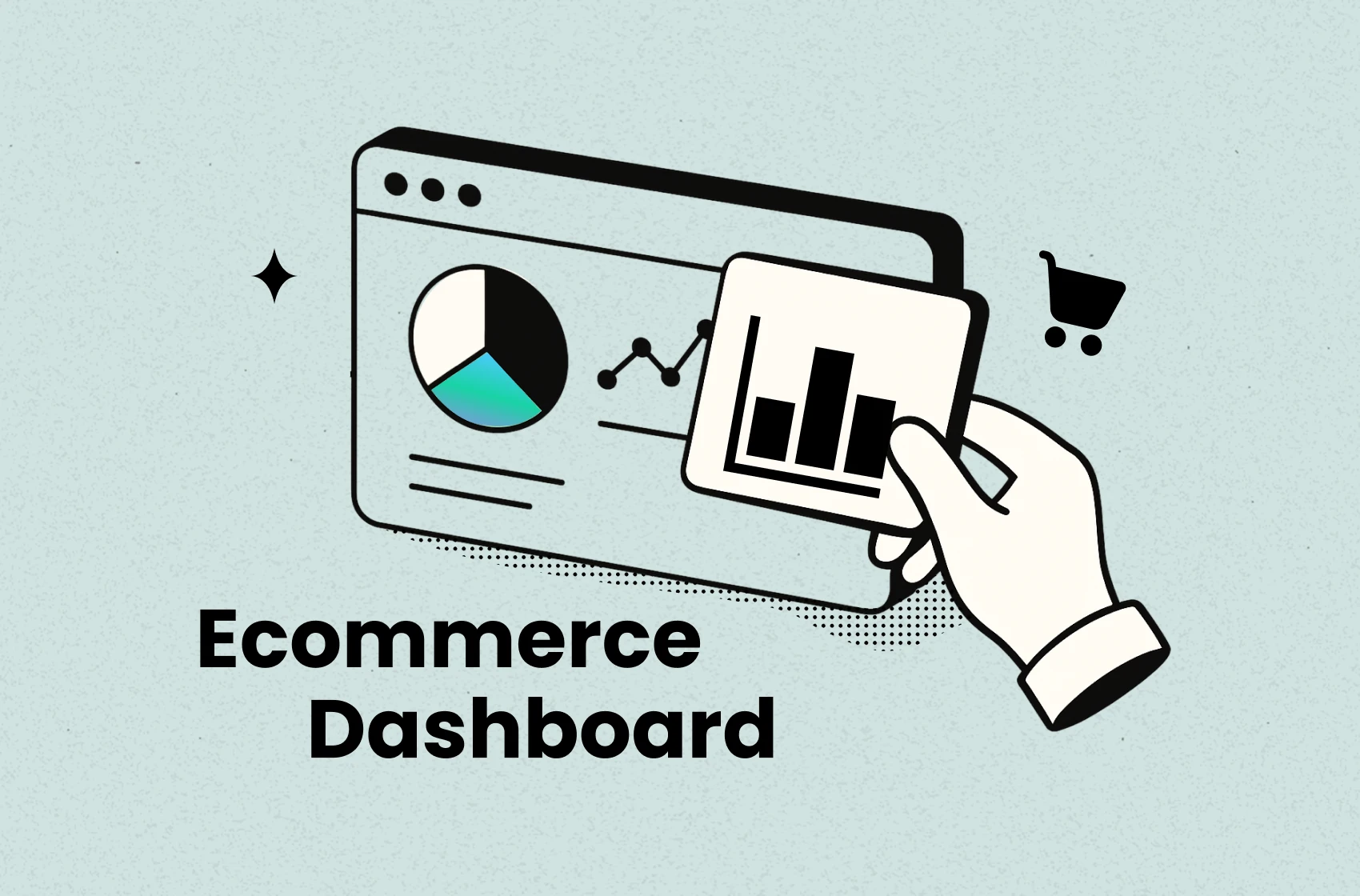
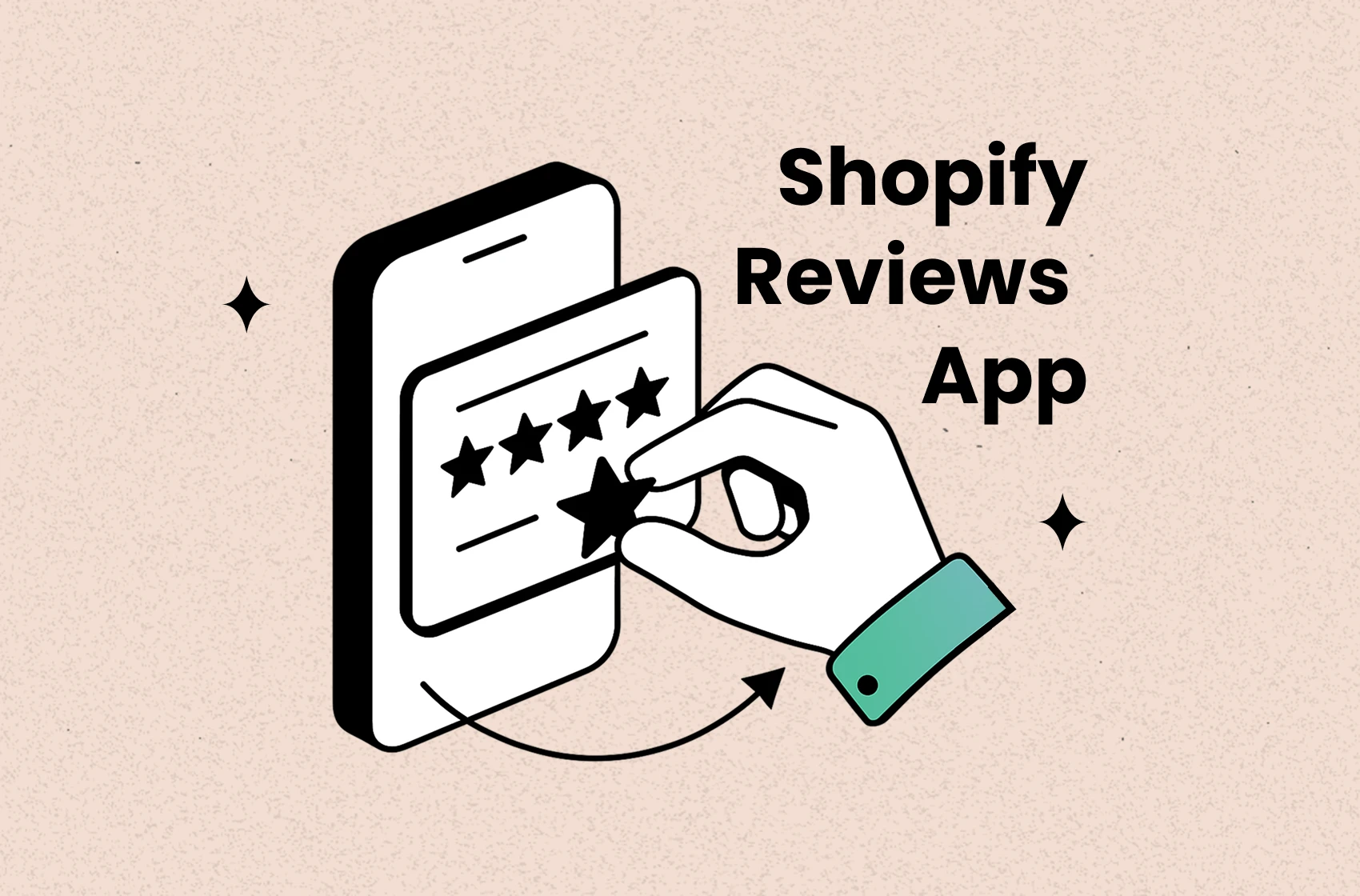
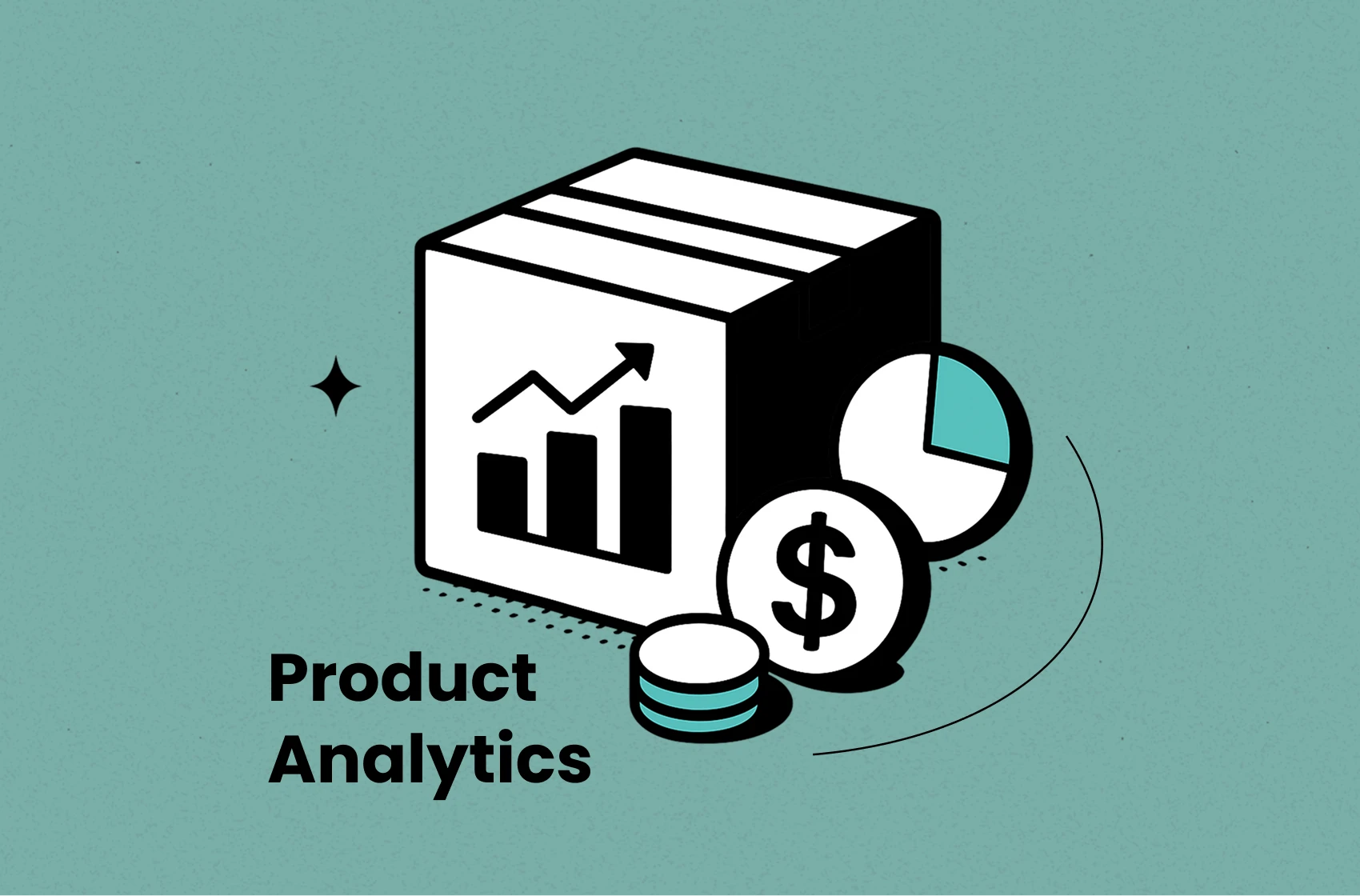
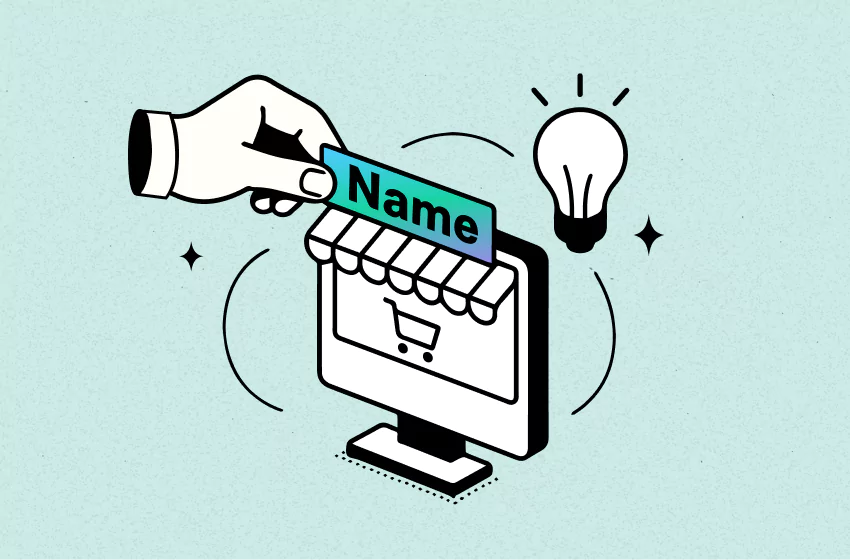
 Shopify profits
Shopify profits